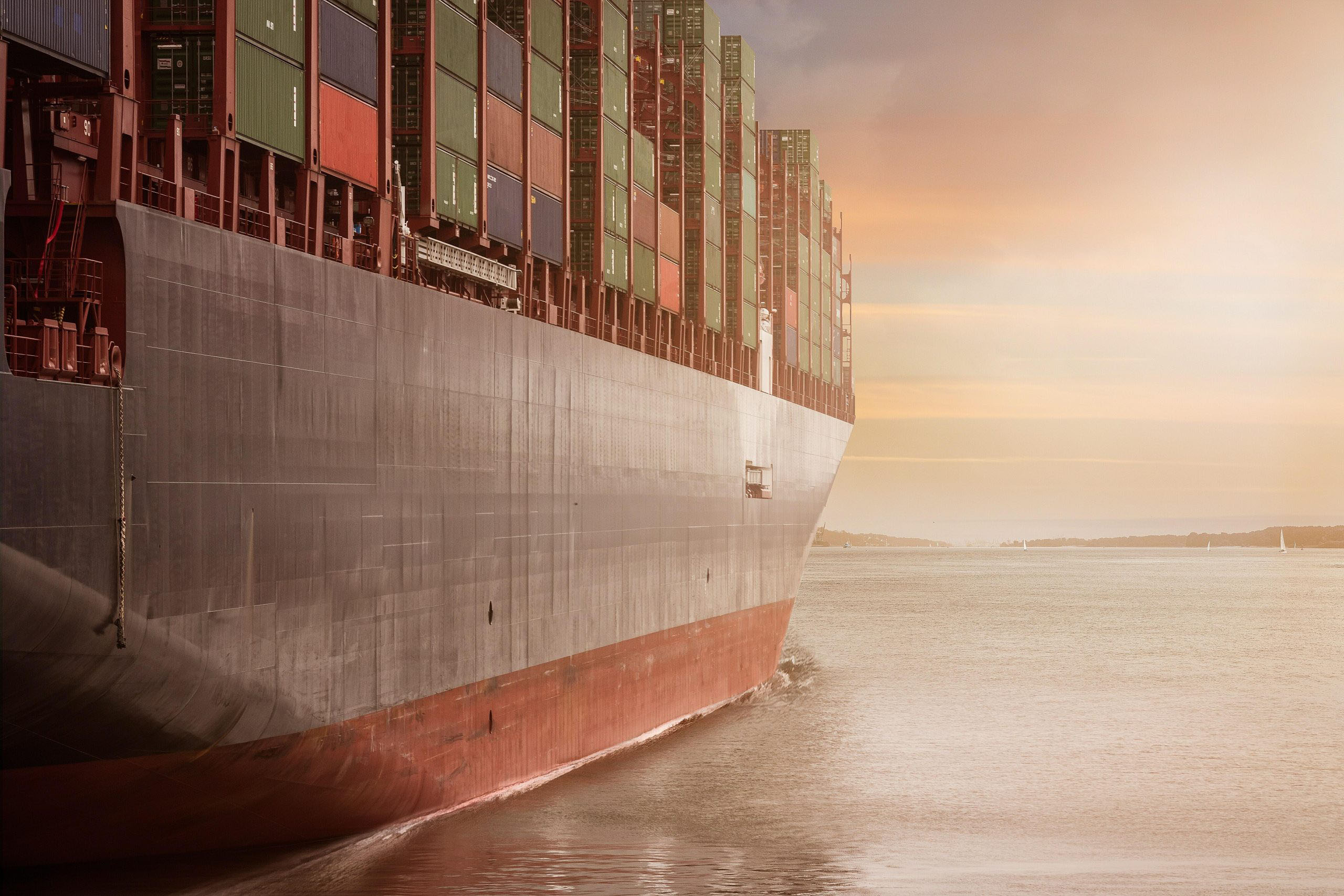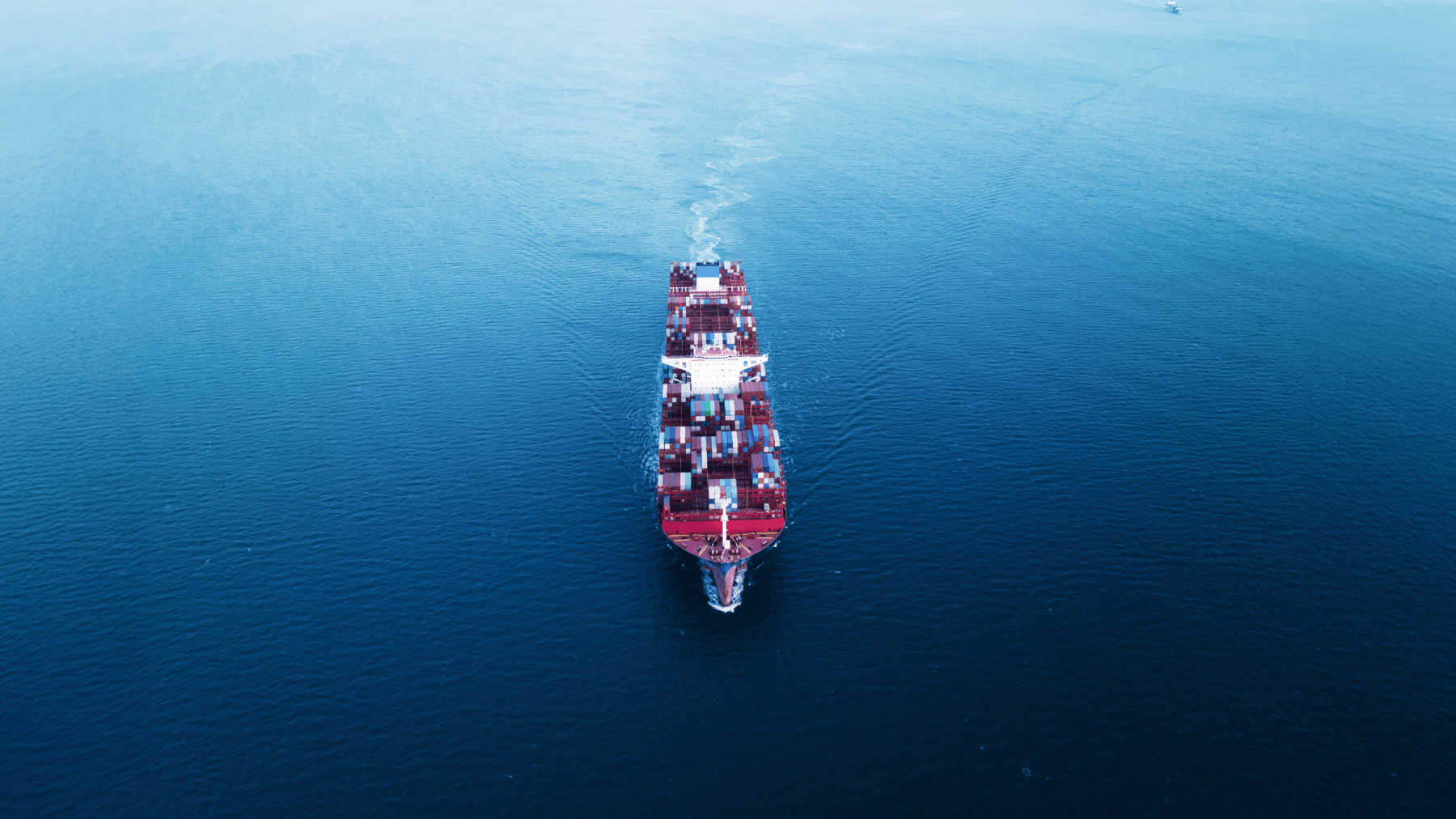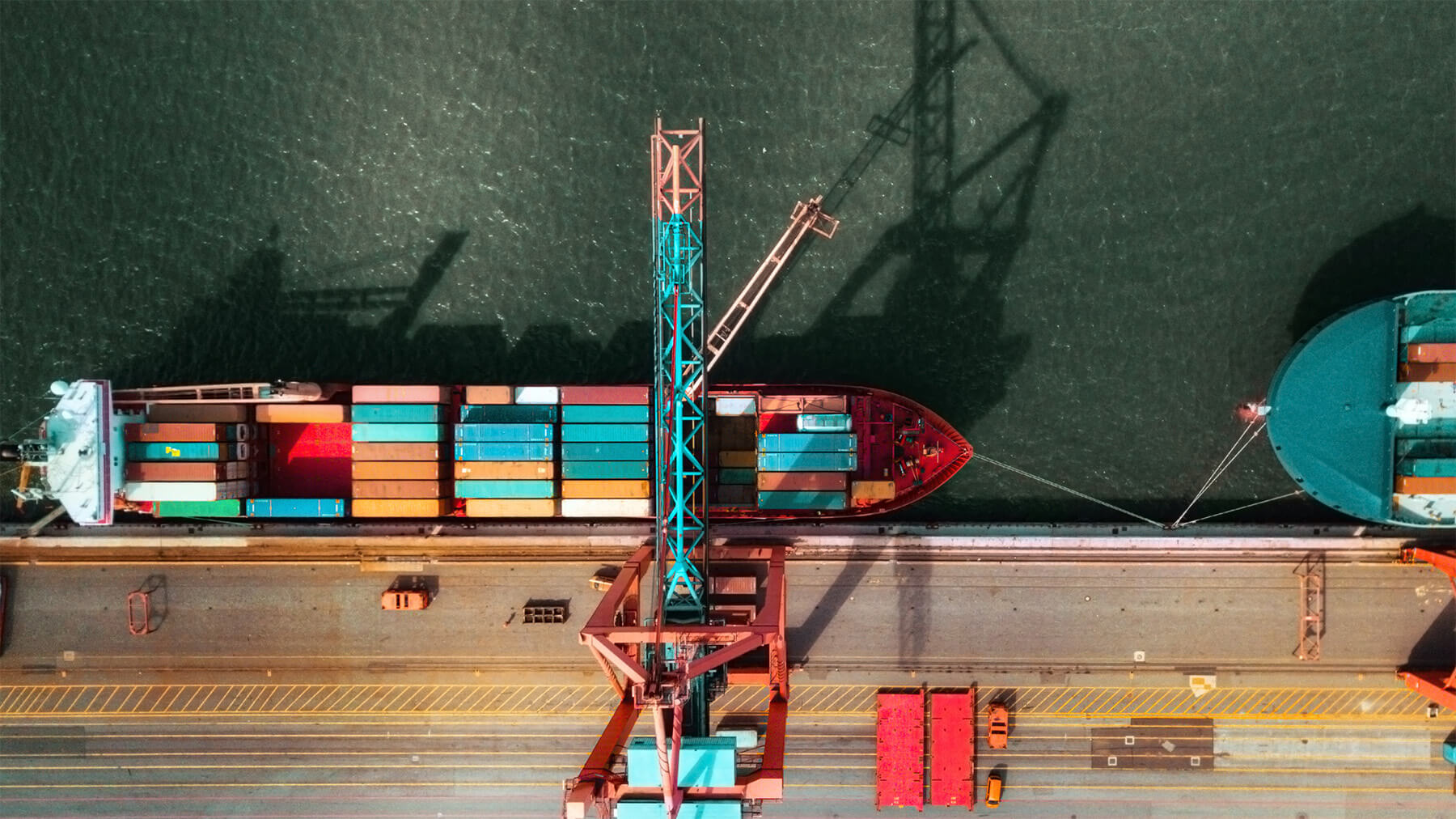There’s no doubt that supply chains over the past few years have looked less like chains and more like twisty, turny, stomach-in-your-shoes rollercoasters.
With the global pandemic, Brexit, the war in Ukraine, labor strikes at key European ports, droughts, and skyrocketing fuel prices, supply chain professionals have endured plenty of unexpected dips and dives that forced them to whiteknuckle the handrails and just hold on.
Now? With some moderate signs of recovery — like lower spot prices and more capacity available — it feels as if things are starting to normalize. However, there’s a new reality that supply chain professionals need to accept: Challenges are a constant in this industry, not an exception.
The New World of “Never Normal”
Some roadblocks of recent years are (mercifully) in the rearview mirror, but that doesn’t necessarily indicate smooth sailing from here on out. There are numerous other potential supply chain disruptions that professionals should be prepared for.
New and Changing Regulations
There’s a growing and worthwhile emphasis on sustainability — an issue that has a direct and significant impact on the supply chain.
For example, there’s the European Supply Chain Act, which mandates that shippers manage the social and environmental impacts of their entire supply chain, with the goal of creating a global economy that better supports human rights and the environment. The International Maritime Organization (IMO) is also launching IMO 2023, aimed at reducing carbon emissions.
While these measures support worthy causes, they do introduce more complexity for supply chain professionals, particularly when it comes to adequately managing capacity.
Extreme Weather Events
The supply chain is no stranger to extreme weather — including the widespread drought, historically-low water levels on the Rhine, and unprecedented heat.
Some scientists argue that these sorts of extreme weather events will continue to increase in frequency and severity, so supply professionals need to brace for the storm — both literally and figuratively.
Political Instability
The war in Ukraine has already had a major impact on the flow of oil, gas, and other commodities, but it’s not the only geopolitical factor that deserves attention and concern.
China continues to grapple with both political and economic instability. And, as the world’s biggest exporter and supplier, these types of geopolitical issues are some of the most pressing external challenges on the radar of supply chain professionals.
Visibility: The Antidote to Constant Change
Although the past few years — and the upcoming ones too — are likely to be rife with uncertainties and challenges, supply chain professionals aren’t just throwing up their hands and taking what comes.
Many have taken proactive steps to cope with constant changes. For example, some companies have ramped up safety stock to counteract uncertain supply. However, that can leave them stuck with excess stock and in a tricky spot with regard to cash flow.
Others have opted for nearshoring, bringing more of their manufacturing and assembly closer to their region to avoid having large volumes coming over the ocean. This will mean additional use of inland and coastal waterways for movement, in addition to rail and over the road.
Those types of efforts can help, but ultimately, addressing current and future challenges all starts with data. Companies need to quickly and easily see what is happening across the entire supply chain in real-time — and they need to be able to not just collect the data, but digest it and use it to determine their next steps.
That’s exactly what we do at project44. With real-time data, advanced analytics, and predictive capabilities, you gain the full benefit of the data from your supply chain and use it to save stress, time, and money.
We’d love to tell you more. Get in touch with our team of visibility experts here.



